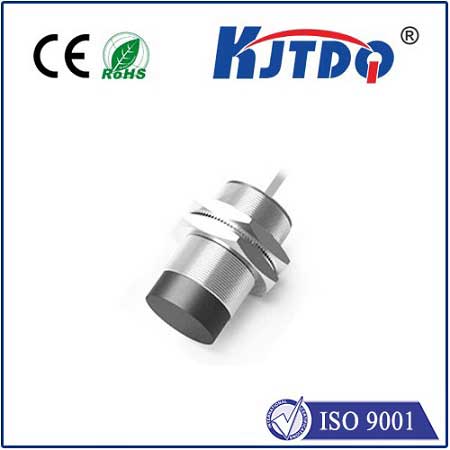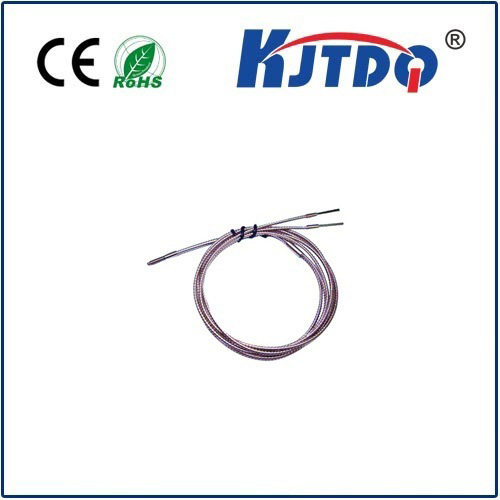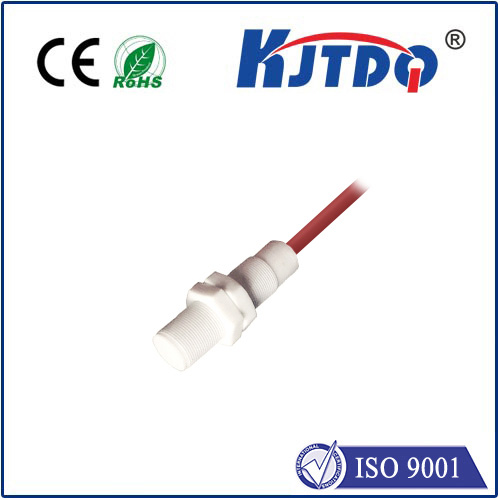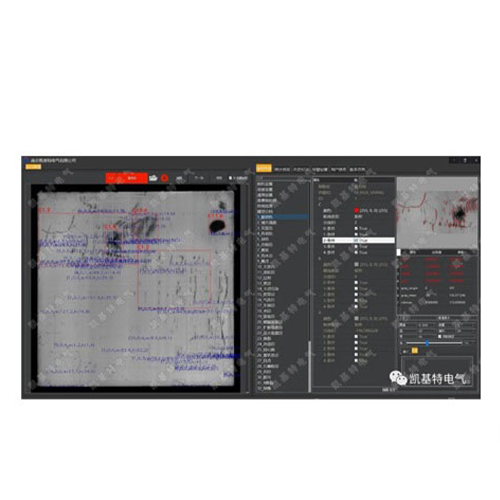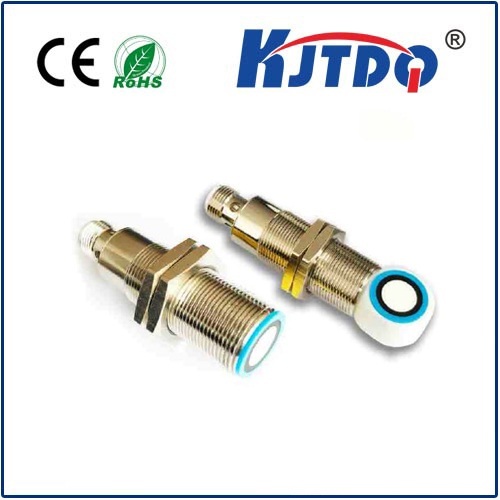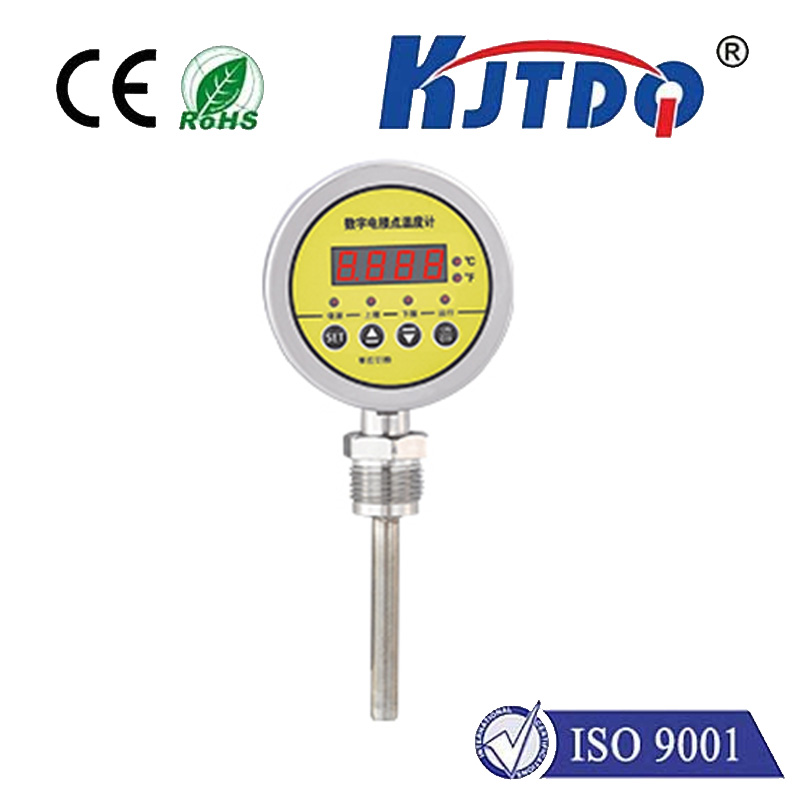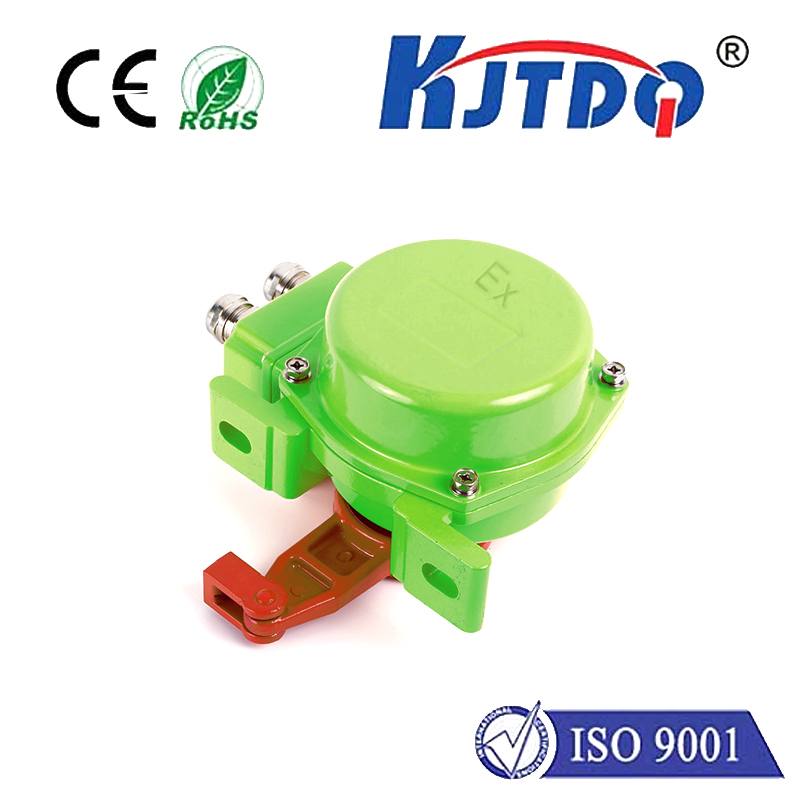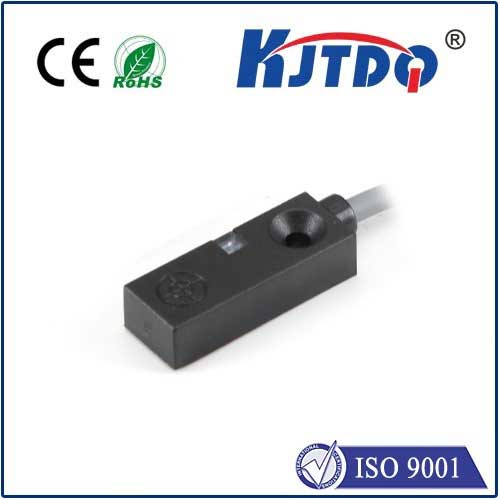cheap distance sensor
- time:2025-06-19 01:21:40
- Click:0
The Ultimate Guide to Cheap Distance Sensors: Affordability Meets Functionality
Imagine building a robot that navigates its environment, creating a smart parking system for your driveway, or adding collision avoidance to a DIY drone – all without breaking the bank. Just a few years ago, incorporating reliable distance sensing felt like an expensive hurdle. Today, cheap distance sensors have revolutionized accessibility, putting sophisticated proximity detection and ranging capabilities into the hands of hobbyists, educators, startups, and cost-conscious engineers globally. These sensors are the unsung heroes enabling innovation on a budget.
Why the Surge in Affordable Distance Sensing?
The demand for low-cost proximity solutions has skyrocketed alongside the boom in the Maker Movement, educational STEM programs, and small-scale IoT applications. Mass production of core sensing technologies, particularly ultrasonic and infrared (IR), has driven costs down dramatically. Simultaneously, advancements in microelectronics allow for highly integrated, easy-to-use modules requiring minimal external components. This perfect storm means you can now acquire a capable distance sensor for often less than the price of a fast-food meal.
Popular Types of Cheap Distance Sensors
Understanding the common technologies is key to choosing the right budget-friendly sensor for your project:

- Ultrasonic (HC-SR04 and Clones): Arguably the most ubiquitous cheap distance sensor. They work by emitting high-frequency sound waves and measuring the time for the echo to return. Pros: Good range (typically 2cm - 4m), relatively unaffected by target color or ambient light, very low cost. Cons: Limited accuracy (especially at close range), can be fooled by soft/sound-absorbing surfaces, susceptible to acoustic noise, slower update rates than some alternatives. Perfect for: Basic obstacle avoidance, simple level sensing, parking sensors.
- Infrared (IR) Proximity/Sharp Analog Sensors: These sensors, like the classic Sharp GP2Y0A series, use infrared light beams. They typically output an analog voltage inversely proportional to distance. Pros: Compact size, good for short-to-medium ranges (often 4cm - 80cm depending on model), reasonably fast response, immune to sound interference. Cons: Accuracy highly dependent on target reflectivity (darker objects are harder to detect), performance degrades significantly in bright ambient light, limited maximum range compared to ultrasonics. Ideal for: Line following robots, object detection on conveyors, near-range presence sensing.
- Time-of-Flight (ToF) - The Rising Star: While historically pricier, miniaturized ToF sensors like the VL53L0X have become remarkably affordable. They work by precisely measuring the time it takes for a laser pulse to travel to a target and back. Pros: Excellent accuracy (± a few mm), wide operating range (up to 2m+ on some modules), smaller beam angle, less susceptible to environmental variables than IR. Cons: Slightly higher cost than basic ultrasonic/IR (though still cheap), performance can be affected by specific surface properties and direct sunlight. Represents a significant leap in value, bridging the gap between basic sensors and expensive industrial counterparts.
- LIDAR Lite (Budget LIDAR): While full LIDAR systems are costly, modules like the Garmin LIDAR Lite offer surprisingly accessible laser-based distance measurement with greater range and accuracy than typical ToF modules. Pros: Longer range (up to 40m), high accuracy, good performance outdoors. Cons: Still the most expensive option in the “cheap sensor” category, larger footprint, higher power consumption.
Choosing the Right Cheap Distance Sensor: Key Considerations
Price is a major factor, but don’t let it be the only one. Ask these crucial questions:
- What range do you need? (From millimeters to several meters)
- How critical is accuracy? (Is +/- 1cm sufficient, or do you need millimeter precision?)
- What is the target surface? (Reflective, matte, dark, transparent, absorbent?)
- What’s the operating environment? (Bright sunlight, dust, moisture, acoustic noise?)
- What’s your update rate requirement? (How quickly do you need new measurements?)
- What’s your interface? (Do you need analog output, PWM, I2C, UART?)
- What’s your power budget?
The Real Value: Applications Enabled by Affordability
The democratization of distance sensing unlocks countless possibilities:
- Education: Affordable robotics kits, physics experiments, interactive science projects.
- Home Automation & DIY: Smart trash cans, automated closet lights, gesture control interfaces, simple security systems.
- Hobbyist Robotics: Essential for obstacle avoidance, wall following, maze solving, and terrain mapping in budget robots and drones.
- Prototyping & Product Development: Startups and engineers can integrate proximity sensing early in the design phase without prohibitive costs, validating concepts quickly.
- Simple Industrial Tasks: Level monitoring in small tanks, object counting on slow conveyors, basic presence detection for machine guarding (where safety isn’t critical).
Beyond the Sticker Price: Important Caveats
While cheap distance sensors offer incredible value, temper expectations:
- Accuracy vs. Precision: Many budget sensors offer reasonable precision (repeatable measurements) but may have inherent accuracy offsets. Calibration is often essential.
- Environmental Sensitivity: Performance often degrades outside ideal lab conditions. Bright light for IR, dust/moisture for optics, acoustic noise for ultrasonics – understand the limitations.
- Resolution: The smallest detectable distance change might be limited (e.g., 1cm steps on basic ultrasonic sensors).
- Durability: Build quality can vary significantly between manufacturers of “clone” sensors. Stick with reputable suppliers when possible.
Finding Your Perfect Cheap Distance Sensor
Ready to explore? Excellent online retailers like Adafruit, SparkFun, Seeed Studio, and AliExpress offer a vast selection. Look beyond just the headline price; factor in shipping costs and delivery times. Pay attention to the specific model number and manufacturer. Reading user reviews and forum discussions (like Arduino or Raspberry Pi communities) is invaluable for uncovering real-world quirks and performance nuances before you buy.
Conclusion
Cheap distance sensors are more than just components; they are powerful enablers. By significantly lowering the barrier to entry, they have fueled creativity and innovation across countless fields. Whether you’re a student on a tight budget, a hobbyist bringing an idea to life, or a developer prototyping the next big thing, these affordable proximity solutions provide the essential eyes your project needs to sense its surroundings. Understanding their strengths, limitations, and the diverse options available empowers you to make the smartest choice, turning the challenge of spatial awareness into an achievable and economical reality.













